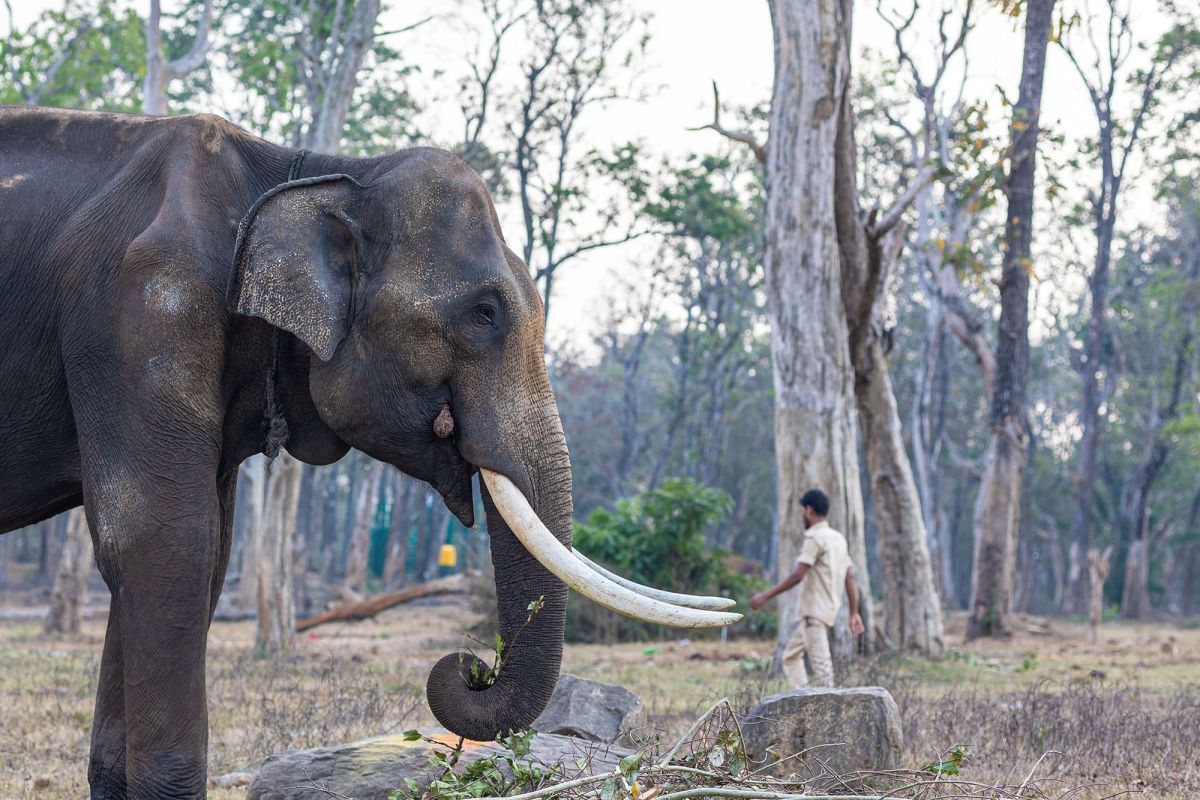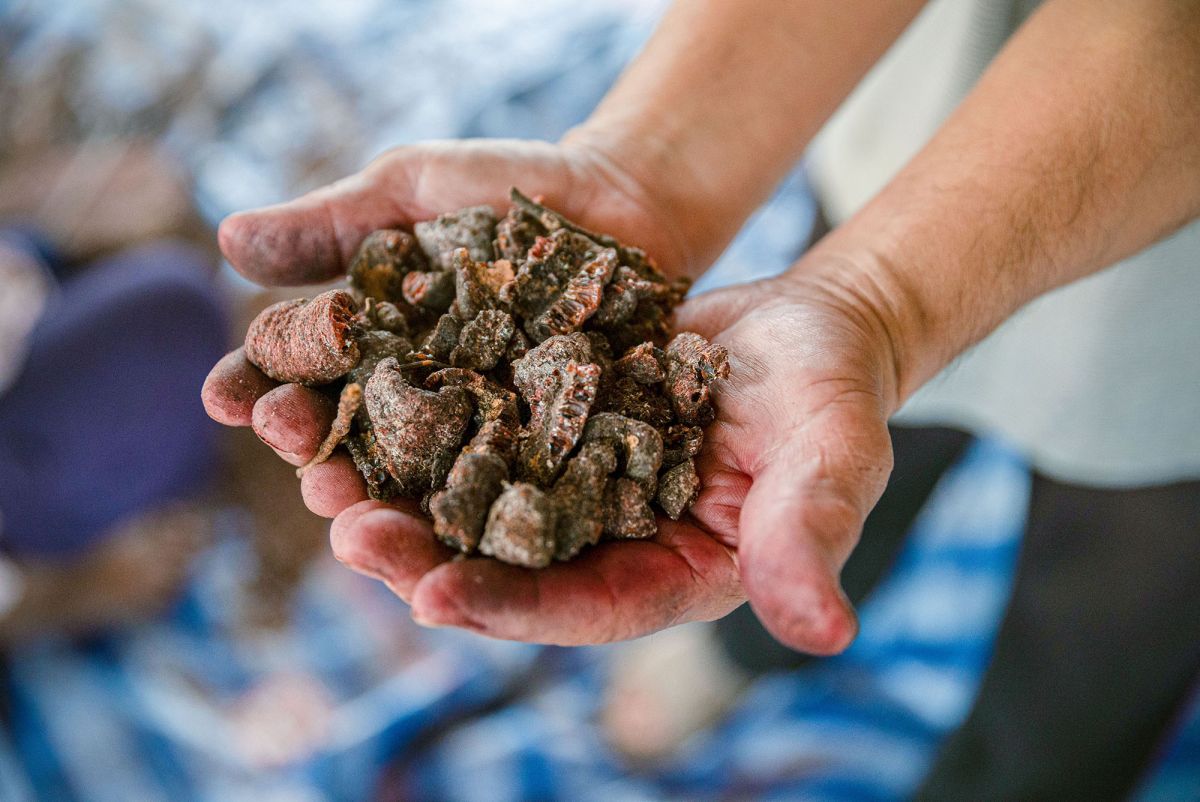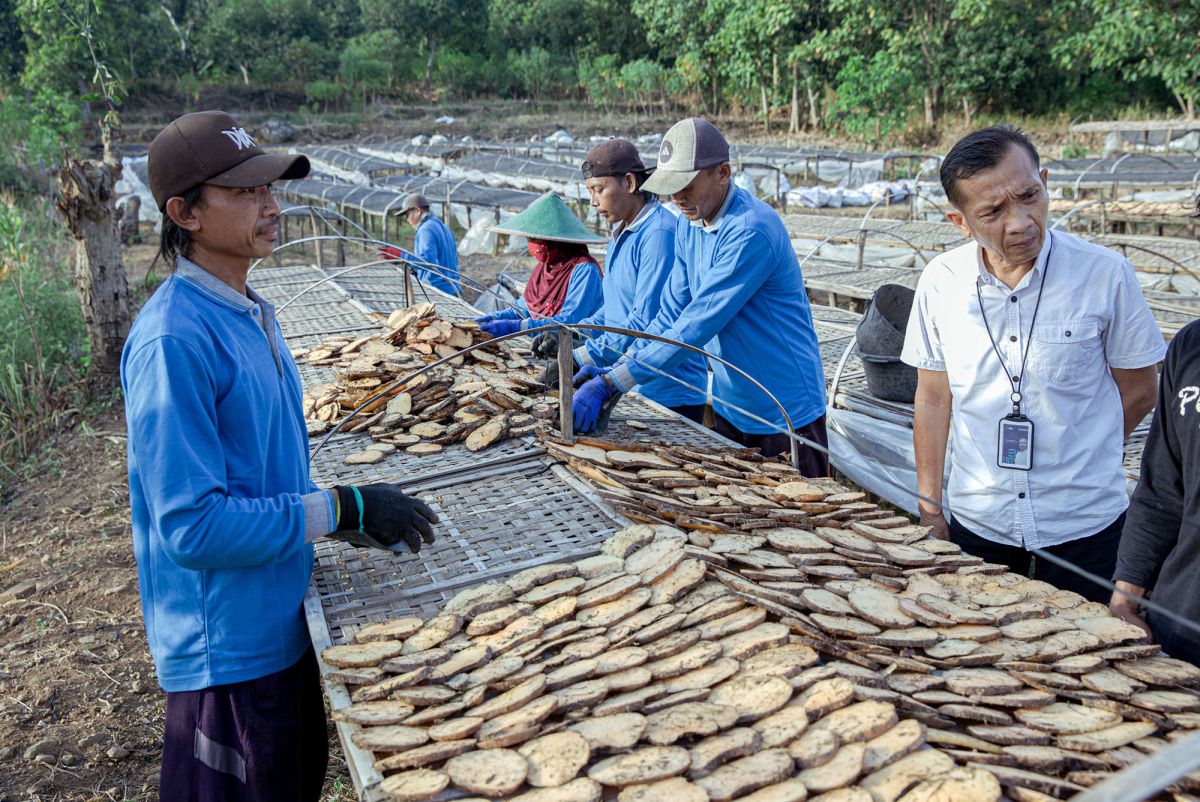Balancing act: Navigating livelihoods and conservation in Asia’s Model Forests
As we strive to keep pace with the rapid advances of the digital age, the relationship between humans and nature continues to be pushed out of balance. However, despite the growing divide, there is also an increased awareness of the need to protect and reconnect with our natural world.
Model Forests offer practical examples of how this can be achieved. In Asia, Model Forests can be found in China, India, Indonesia, Japan, Philippines and Thailand. Established to manage forest landscapes sustainably, these Model Forests aim to harmonize local livelihoods with forest conservation. The efforts made over the years to ensure that communities can coexist with nature show that balance can be gradually restored.
Peaceful coexistence

Kodagu, a rural district in the southwest of India, is known as the “coffee capital” of the country. Over 30 per cent of the total coffee produced in India comes from this district. While its coffee plantations are a primary source of income for smallholders in Kodagu, they also contribute to habitat loss for wildlife. As humans expand their land use, animals lose their natural habitats, forcing them to venture into human settlements in search of food and shelter. This human-wildlife conflict results in crop and property damage, and sometimes even endangers human lives. The Kodagu Model Forest is collaborating with local communities, government officials and the private sector to find effective ways to mitigate this conflict and restore habitats, aiming for peaceful coexistence between humans and wildlife.
Insects that deter fires

In Ban Bor Siliam, a small hill tribe village in Lampang, a northern province of Thailand, lac insects generate approximately THB 20 million (around USD 567,000) annually for 110 households. These tiny yet valuable insects produce a resin that is refined into shellac, which has a wide range of applications, including in the pharmaceutical, food, cosmetic, electrical and furniture industries. Because lac insects thrive in cooler temperatures, the Mien hill tribe villagers have been motivated to prevent forest fires and reduce agricultural burning, which can raise local temperatures and destroy habitats. This shift has led them to adopt agroforestry practices, which help maintain the cooler environment that the insects prefer. As part of the Ngao Model Forest, the village is eager to share its expertise with other communities.
Profits for people, profits for forests

At Margowitan Model Forest in East Java, Indonesia, company-community agroforestry partnerships offer a balance between sustainable forest management and local livelihoods. In this area, broad stands of teak, mahogany and other timber species owned by Perum Perhutani, the state forest company of Indonesia, are interspersed by rows of various cash crops cultivated by local farmers. In recent years, konjac, a tuberous vegetable popular in East Asia, has become the preferred crop. Konjac is well suited for cultivation under the shade of mature trees in hilly areas and can offer better market returns than other agroforestry options. Some farmers have organized themselves into local cooperatives to combine their harvests and pre-process the konjac, thereby increasing its market value.
###
The Regional Model Forest Network–Asia is supported by the Global Leadership Program under the Department of Natural Resources, Government of Canada. RECOFTC is the Secretariat of the Regional Model Forest Network–Asia (RMFN–Asia).
RECOFTC’s work is made possible with the support of the Swiss Agency for Development and Cooperation and the Government of Sweden.

